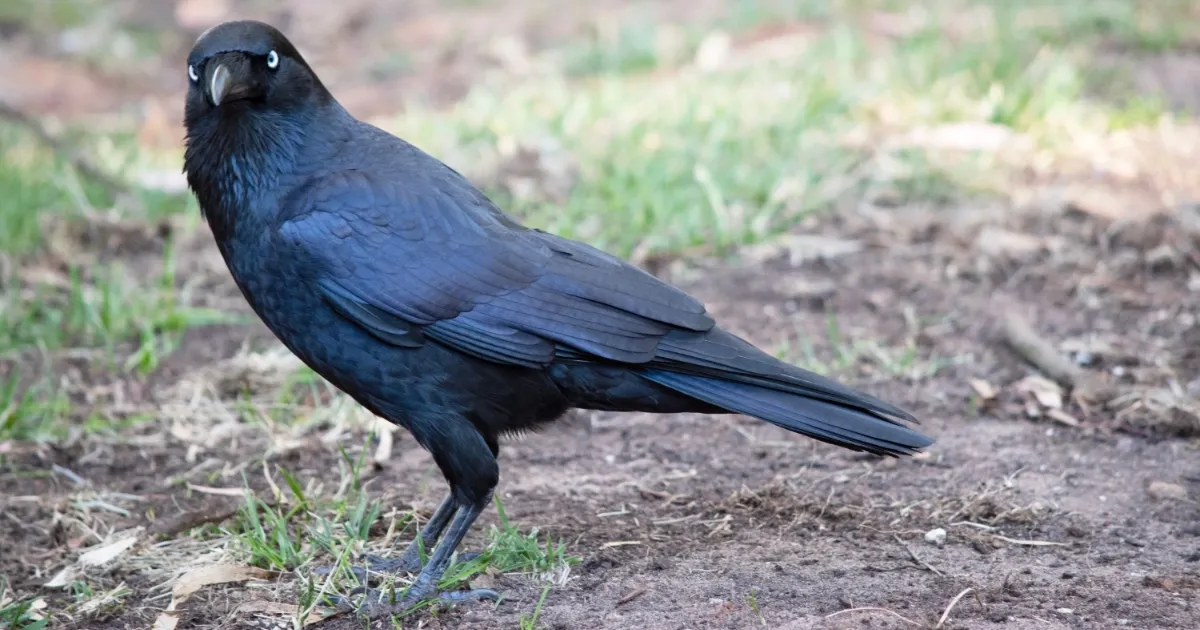
Mystery Illness Threatens Birds
Mystery illness affecting birds in Western Australia, featuring insights from wildlife carers and researchers
A surge in a debilitating illness is affecting various bird species across Western Australia. The condition, which causes paralysis and often results in death, has been detected in magpies, ravens, butcher birds, magpie larks, and cuckoo shrikes. Wildlife carers and researchers are scrambling to understand and combat the issue.
The WA Wildlife Hospital in Perth, which plays a crucial role in treating affected birds, has seen a troubling rise in cases. Over the past two months, the hospital reported nearly 400 instances of what is now called "black-and-white-bird diseases."
Alarming Growth in Cases
According to Dean Huxley, CEO of WA Wildlife Hospital, the first cases were observed about six years ago. Initially, only two to three birds per month were admitted with symptoms of the illness. However, cases have steadily increased, and over the past six months, the numbers have spiked dramatically.
The hospital now admits between 150 to 200 birds afflicted with the disease each month. This significant jump highlights the urgent need to address the mysterious illness. Mr Huxley expressed concern that this trend could threaten bird populations in suburban areas.
"If we get mass outbreaks, these animals could disappear from suburbia altogether," Mr Huxley warned.
Efforts to Identify the Cause
Efforts are underway to uncover the source of the illness. The WA Wildlife Hospital is collaborating with researchers from Murdoch University and the University of Western Australia to gather data and map affected regions. Possible causes being investigated include:
- Parasitic infections
- Neurological conditions
- Exposure to toxins
Currently, many researchers believe the most likely explanation is a toxin. However, identifying the specific toxin remains a significant challenge.
Advice for the Public
The Department of Biodiversity, Conservation and Attractions urges the public to avoid touching sick or dead birds and to keep pets away. Individuals who come across dead birds are encouraged to report their location to authorities.
Spread to Southern Regions
Reports indicate that the illness is not confined to Perth. Cases have surfaced in Mandurah, Busselton, and Margaret River, spreading far into the south-western parts of the state. Sandie Gillard, a wildlife carer from Dunsborough, shared her concerns over the escalating situation.
Over the summer, Ms Gillard treated 86 magpies showing paralytic symptoms, saving 47 of them through hydration and feeding protocols. She described the outbreak as unprecedented.
"I’ve never seen anything like the last outbreak, and that’s only the birds I’ve recorded," Ms Gillard said.
Potential Consequences for Wildlife
If the spread of the disease is not curtailed, the consequences for local bird populations could be devastating. Magpies and other iconic birds could face severe declines, with major implications for suburban ecosystems and environmental balance.
29 Mar 2025


